Why Is My Dog Drooling Around The New Puppy? 5 Possible Reasons
If you notice your dog drooling excessively around a new puppy, it could be a sign of stress, jealousy, or excitement. While some breeds are known to drool more than others, it’s important to pay attention to changes in your dog’s behavior, as excessive drooling could also indicate a health problem.
Remember, a change in a dog’s drooling can reflect their emotional state and overall health, so it’s always best to investigate and rule out any possible causes. By doing so, you can take the necessary steps to help your dog feel more comfortable and happy.
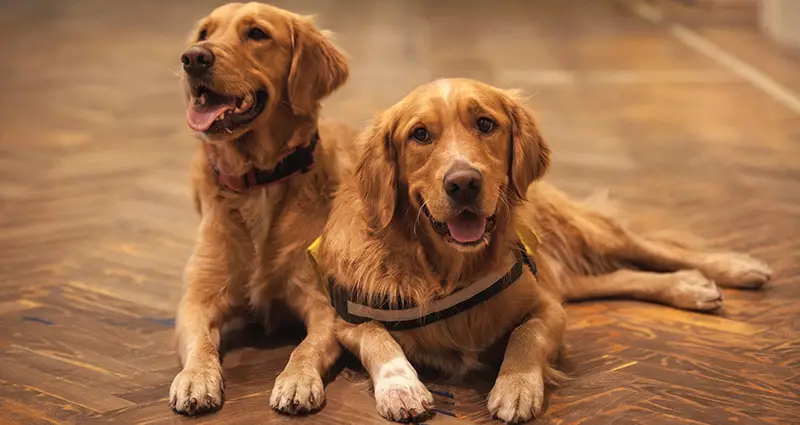
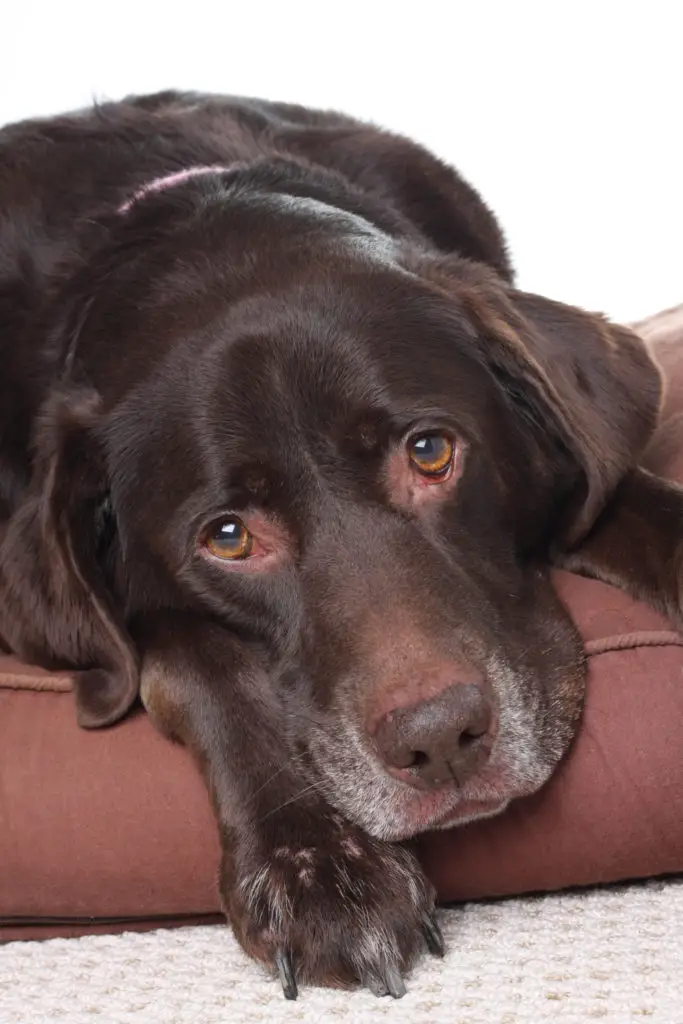
Why Is My Dog Drooling Around The New Puppy?
If your resident dog suddenly drools a lot around the new puppy, the following are the possible reasons:
1. Stress
Excessive drooling in dogs can be triggered by extreme stress, whether or not a new puppy is present. I vividly recall our Golden Retriever Sherlock drooling profusely when we first introduced him to our friend’s pup. I was momentarily alarmed by the foamy substance on his lips, fearing it was a cause for concern.
It’s important to understand that in such situations, dogs can feel overwhelmed and unsure of how to react. The presence of a new puppy can be both enticing and perplexing for them. To avoid this, it is crucial to introduce the two dogs gradually, allowing them time to adjust and become comfortable with each other.
2. Jealousy
If you’ve been showering the new puppy with hugs and attention, your resident doggo may become jealous and start drooling excessively. Jealousy, a powerful emotion similar to stress, can cause this reaction.
To prevent jealousy and ensure both dogs feel loved and cared for, it’s essential to give them both ample attention when introducing a new puppy. This way, your resident dog will not perceive the new pup as a rival for your affection.
3. Excitement
When friendly and affectionate dogs encounter a new puppy, their excitement can often lead to excessive drooling. While this is a normal reaction, it’s important to discourage the overexcitement as it can potentially harm the pup.
For instance, an excited dog may attempt to play too vigorously with the small puppy, resulting in injuries. If you notice signs of overexcitement such as intense tail wagging, panting, and random pacing around the pup, it’s best to take your older canine to another room and allow them to calm down.
4. Sexual drive
In rare cases, some dogs may drool due to being sexually attracted to the new puppy. This usually happens if the puppy is already sexually mature and in heat. As a result, an older male dog may become fixated on the pup’s scent and attempt to mate. Keep the dogs separated especially when in heat and consider neutering and spaying your dogs.
5. Health Problem
Lastly, it’s important to consider the possibility that your dog’s excessive drooling may be a sign of an underlying health problem. Although it may seem coincidental that the drooling coincided with the introduction of the new puppy, it’s essential to consult with your veterinarian.
If your dog continues to drool excessively even when the puppy is not around, it’s crucial to seek veterinary care. Excessive drooling in dogs can be caused by various health issues, including dental problems, liver disease, respiratory problems, and even rabies.
Furthermore, if you notice additional symptoms such as restlessness, pacing, panting, and a poor appetite, it’s vital to take your dog to the vet’s clinic immediately for a thorough examination. It’s always better to be safe than sorry when it comes to your dog’s health. If you’re interested read this post about some reasons your dog might be panting and restless.
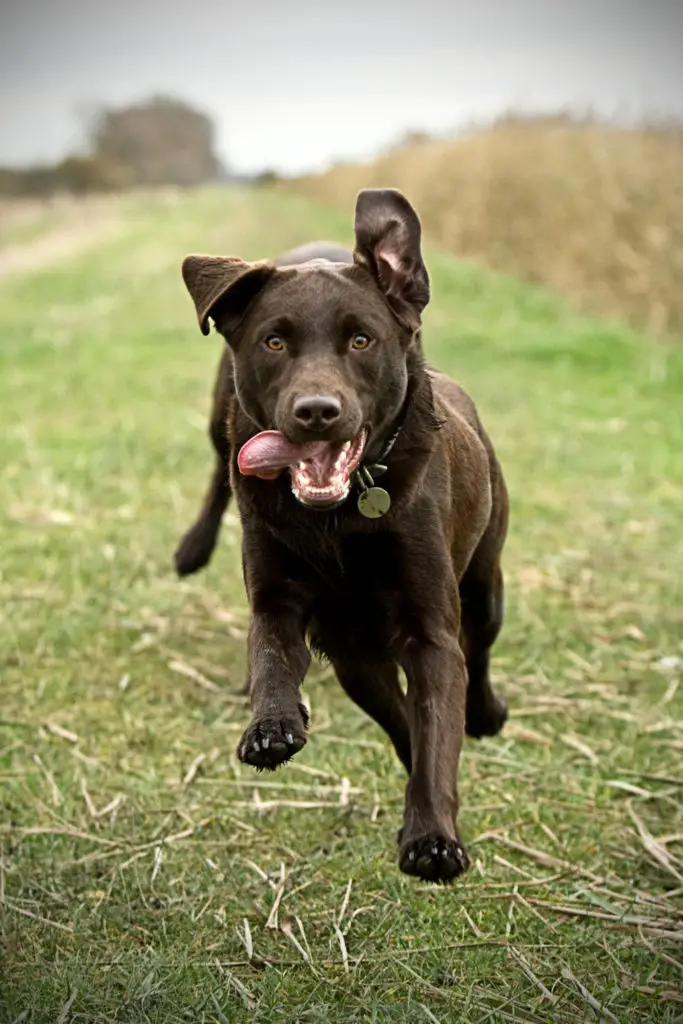
How to stop your dog’s excessive drooling
If you’re concerned about your dog’s excessive drooling around the new pup, the following tips will help:
- Rule out any health problems. First things first, rule out any potential health problems by taking your dog to the vet for a thorough examination. Once you’ve got a clean bill of health, you can try the following techniques to alleviate the drooling.
- Keep it calm. Creating a calm environment is key when introducing your dog to a new pup. If you notice your dog starting to drool, it’s a sign that they may be feeling overwhelmed. Take them away from the situation and give them a chance to relax and regroup.
- Take it slow. Introducing a new puppy to your resident dog should be a gradual process. Taking it slow will help prevent your dog from becoming stressed, jealous, or overexcited. Allow them time to adjust and get comfortable with each other at their own pace.
- Distract the doggo. If your dog remains stressed or anxious about the new pup, you can try distracting them with new toys and extra playtime. This will help them associate the presence of the new puppy with positive experiences and reduce their stress levels.
- Consider calming aids. For dogs that are particularly nervous, calming aids can be a game-changer. Consider using calming treats or sprays specifically designed to help tone down your canine’s nerves and promote a sense of calm.
Remember, it’s essential to address any excessive drooling concerns and ensure your dog’s well-being. By following these tips, you can ease your dog’s transition and create a harmonious environment for both your resident dog and the new puppy.
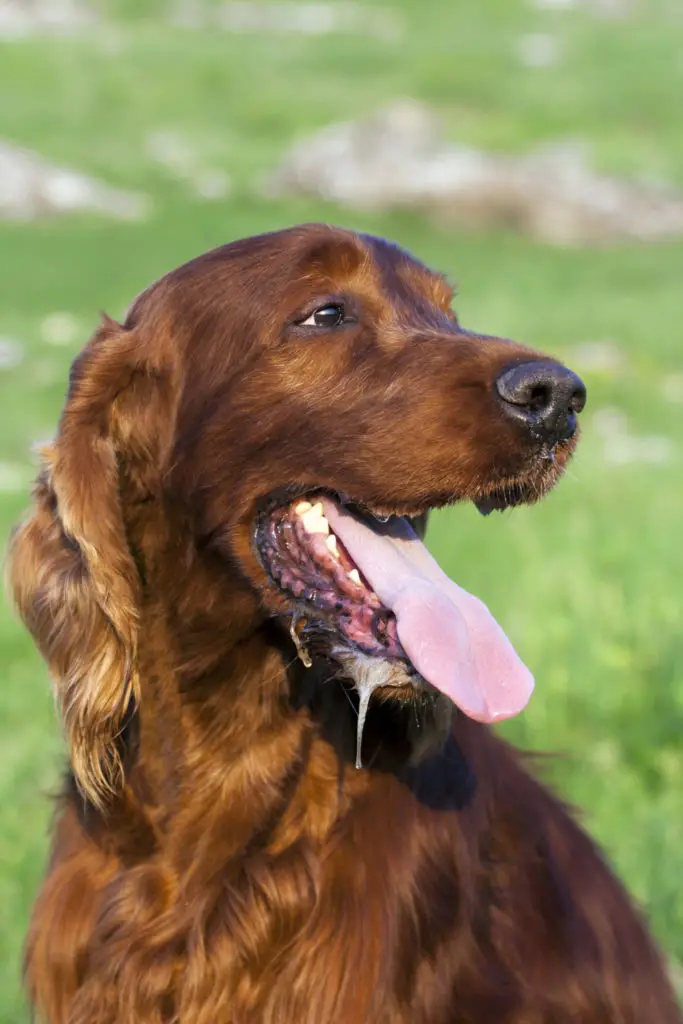
How to introduce a new puppy to your dog
If you’re planning to bring a new pup home, it’s important to introduce it properly to your resident canine. This will prevent excessive drooling and other problems. Here are quick points on how to do it:
- Start with the smell. Before you show the puppy to your new dog, start by introducing them to each other through smell. Swap their toys or tour them in each other’s room. This will get the canines acquainted with each other, which will help reduce the stress on their initial meeting.
- Choose a neutral area. If you are to introduce the pup to your dog, choose a neutral ground. Don’t do it near your dog’s bed or eating spot. You can choose a neutral room or any spot where your dog doesn’t usually hang out.
- Keep it short. When it comes to physical meetings, you should keep it short when introducing a new puppy. This will let your resident doggo adjust while limiting the possible stress.
- Let the rewards flow. During the first meeting, give positive reinforcement and plenty of treats. This will teach your dog that the pup’s presence is a good thing.
- Give more attention. Resident dogs can easily get jealous of the new pup. With this, you should give it more attention and playtime. Still, you shouldn’t neglect your new pup either.
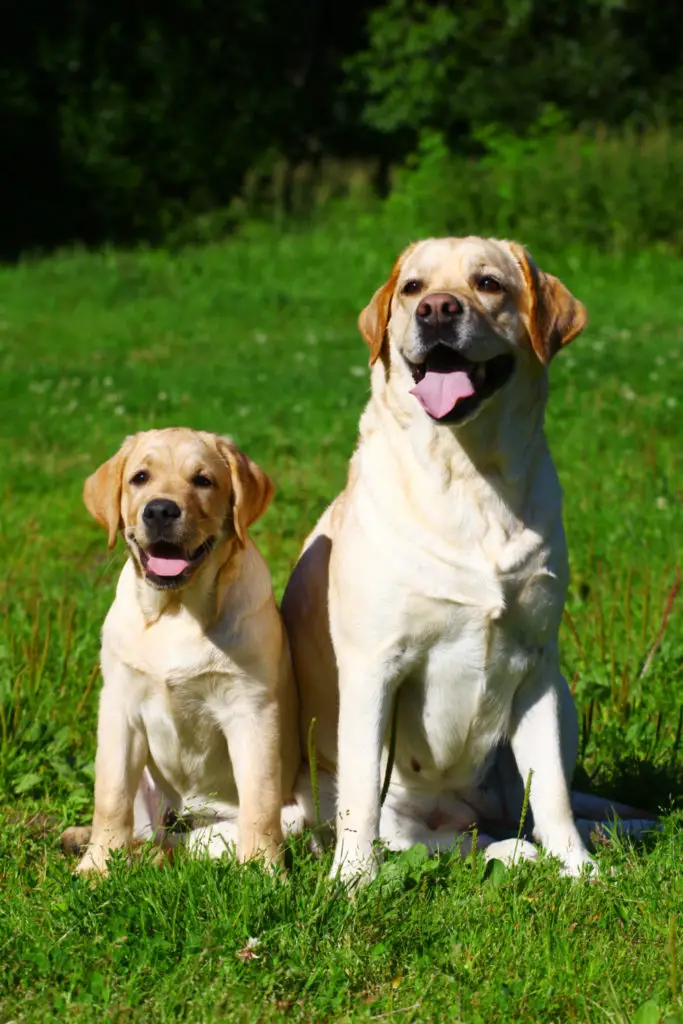
Frequently Asked Questions
Why do female dogs drool around puppies?
As I mentioned earlier, it’s important to understand that a dog drooling around a puppy can be a sign of stress or anxiety. This applies to both male and female dogs. However, if your female dog is in heat and the new puppy is a sexually mature male, it’s important not to overlook the possibility of sexual attraction.
To ensure the well-being of your dog, it’s crucial to identify the underlying cause of the drooling if they seem stressed about the new addition to the family.
Can a new puppy make other dogs sick?
Introducing a new puppy to your home is an exciting time, but it’s important to be aware of the potential risks that come with it. One such risk is the possibility of the puppy carrying diseases that could infect your resident dogs. It’s not uncommon for puppies to carry diseases like rabies, distemper, kennel cough, and parasites without showing any immediate symptoms.
To protect your resident canines, it’s recommended to quarantine the new puppy for a period of two to three weeks. This allows you to closely monitor the pup for any potential infections it may have. If the puppy is too young to have received vaccinations, it’s best to keep it separate from your other dogs until it has been properly vaccinated.
In addition to quarantine, it’s essential to take the new pup to the vet for a thorough examination before bringing it home. This will ensure that any potential health problems are identified and treated, preventing the spread of diseases to your other dogs.
Quarantining the puppy also provides an opportunity for it to adjust to its new surroundings. Moving to a new home can be overwhelming for a young pup, so keeping it in a small, comfortable space will help provide a sense of security. By taking these precautions, you can ensure the health and well-being of all your canine companions.
How long does it take for an older dog to adjust to a new puppy?
The adjustment period for an older dog to a new puppy can vary depending on their friendliness and socialization. Generally, dogs will become accustomed to the new pup within three weeks, as long as they are introduced properly. While some dogs may take longer to adjust, others may form a bond right from the start.
It is crucial to allow your dog to approach and accept the puppy at their own pace. Forcing meetings can create tension and make it more difficult for the two dogs to get along.
It’s also important to note that older dogs may not always be fond of puppies due to their noise, energy, and sometimes annoying behavior. However, with time, your beloved pooch will acclimate to the new addition to your family.
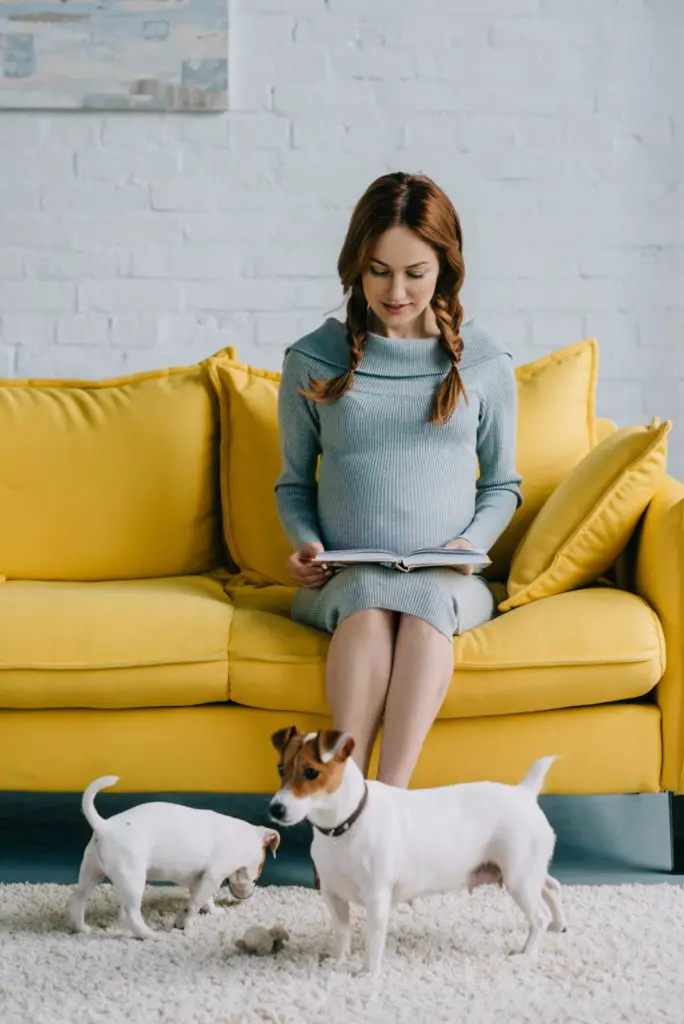
Conclusion
Why is my dog drooling around the new puppy? If you find your dog drooling around the new puppy, it’s a clear indication that your dog is feeling stressed or overly excited by the presence of the newcomer. It’s crucial to help your dog calm down and gradually adjust to the puppy’s presence.
Make sure to keep the initial meetings short and take it slow, allowing your resident canine to gradually accept and embrace the new addition to the family. By following these steps, you can ensure a harmonious and peaceful transition for both your dog and the new puppy.
